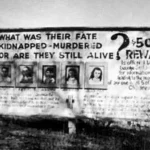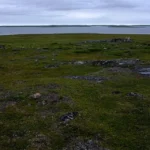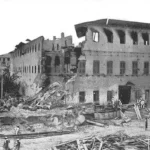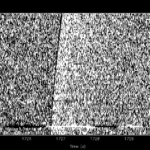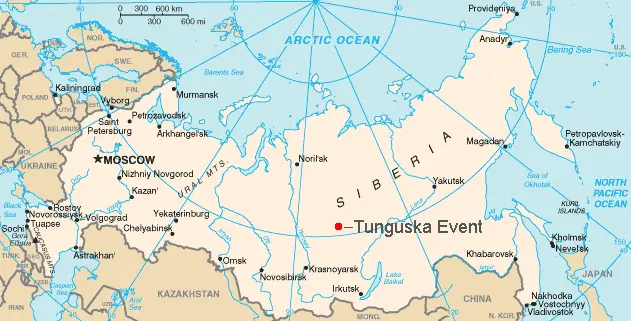
Unraveling the Tunguska Event: Siberia’s Mysterious Blast
On the morning of June 30, 1908, witnesses across Siberia’s remote Tunguska region reported a brilliant fireball streaking across the sky, followed by a deafening boom and shockwaves that flattened an estimated 2,150 km² of forest. Despite extensive investigation, the exact cause of this massive blast—now known simply as the Tunguska Event—remains one of modern science’s most enduring mysteries.
Background
No impact crater has been found, leading experts to conclude the explosion occurred mid-air, roughly 5–10 km above ground. Dr. Leonid Kulik’s 1927 expedition documented tree-fall patterns and collected eyewitness reports. Later studies using satellite imagery, tree-ring analysis, and geochemical sampling confirmed the blast unleashed energy equal to 10–15 megatons of TNT—hundreds of times more powerful than the Hiroshima bomb. Detailed overview at Britannica: Tunguska Event.
Sources, Theories, and Events
Several leading hypotheses explain the Tunguska blast:
- Asteroid airburst: A stony asteroid ~50 m across exploded in the atmosphere, producing a shockwave that leveled trees radially. Computer models by NASA support this scenario (NASA Science).
- Methane explosion: Suggests a sudden release of methane from permafrost, ignited by lightning. Fails to explain the bright fireball or seismic recordings.
- Exotic ideas: Mini black holes, antimatter meteoroids, or alien spacecraft have been floated but lack solid evidence.
Currently, the asteroid airburst remains the best-supported model, matching eyewitness accounts, seismic data, and modern simulations.
Conclusion
More than a century later, Tunguska endures as a powerful reminder of Earth’s vulnerability to cosmic hazards. Future peat-bog drilling projects aim to retrieve microscopic melt droplets—potentially revealing the asteroid’s exact composition and finally closing this chapter on one of science’s greatest enigmas.


